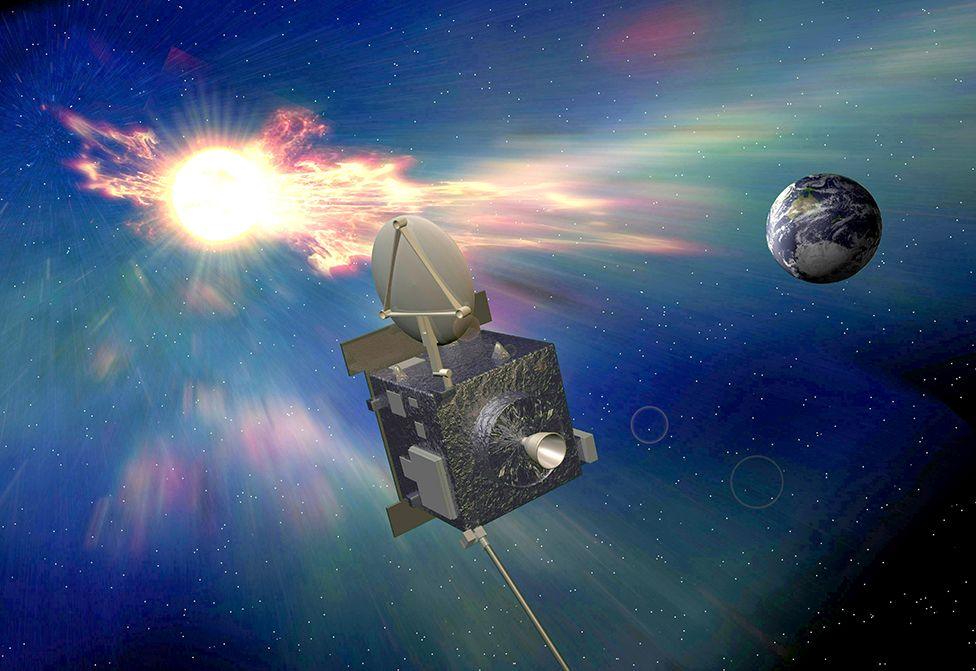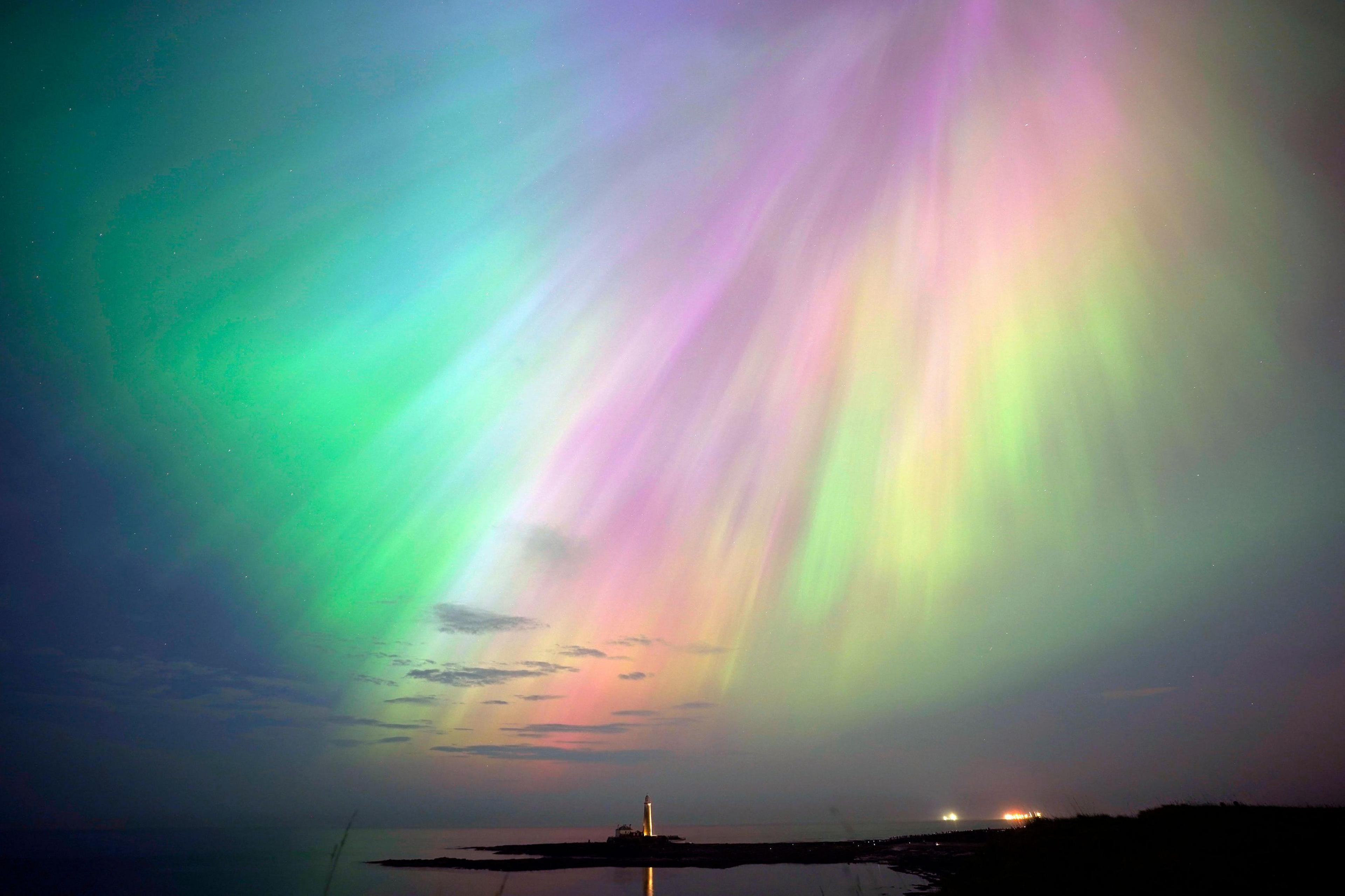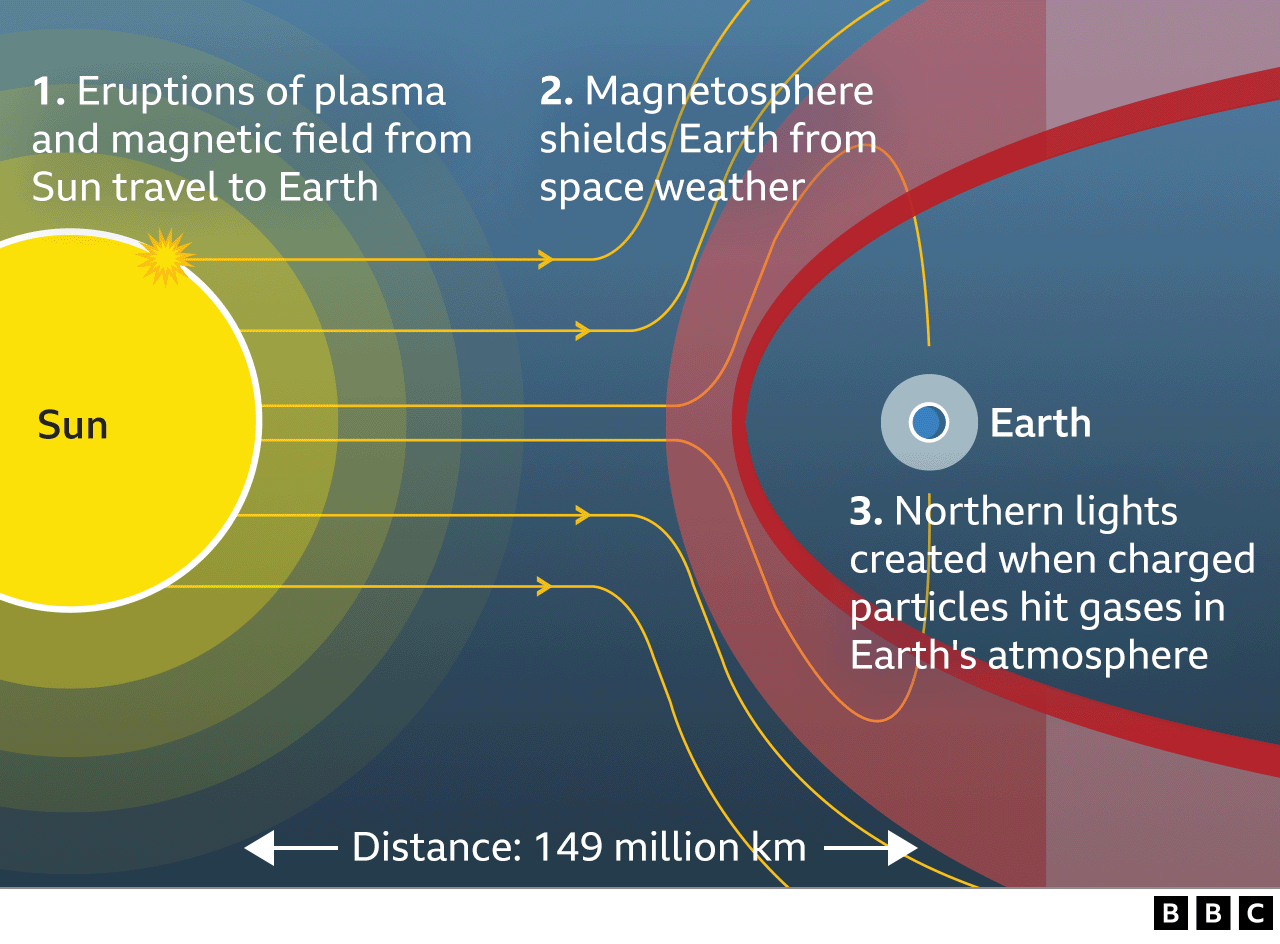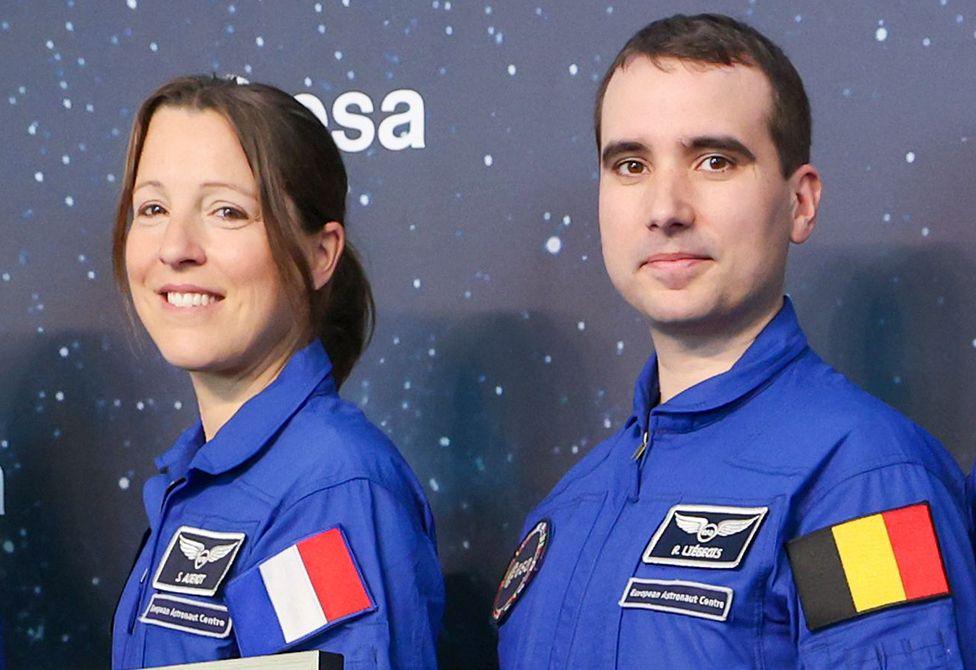Airbus UK to build satellite to monitor Sun storms

Artwork: Vigil would provide a side-on view of the gap between the Sun and the Earth
- Published
British engineers will lead the development of a new satellite to monitor the Sun for the energetic outbursts it sends towards Earth.
The announcement of Vigil, as the spacecraft will be known, is timely following the major solar storm that hit our planet earlier this month.
The event, the biggest in 20 years, produced bright auroral lights in skies across the world.
Airbus UK will assemble Vigil and make it ready for launch in 2031.
It's a European Space Agency (Esa) mission., external The €340m (£290m) industrial contract to initiate the build was signed at an Esa and European Union space council being held in Brussels.
Vigil will be sent to an observing position some 150 million km (93 million miles) from Earth so it can more easily view the gap between our planet and the Sun.
In this way it will get a unique perspective on:
solar flares - the intense flashes of radiation that travel at the speed of light and can degrade communications and navigation systems
coronal mass ejections (CMEs) - surges of charged particles, interlaced with magnetic fields, that can damage infrastructure, such as power grids

Spectacular auroral lights were seen across the globe on 11/12 May
Today, nearly all the information about this "space weather" comes from satellites that look at the Sun head-on.
From its special vantage point, Vigil will be able to see potentially problematic regions on the rotating solar surface before they come into view of Earth.
"We'll be giving ourselves three to four days additional warning," said Dr Mark Gibbs, head of space weather forecasting at the UK Met Office, external.
"And it's not just the extra notice. It gives us that longer period to track active regions, to see how exactly they're developing, which should increase our confidence in predicting their ability to produce solar flares and coronal mass ejections," he told BBC News.
More Northern Lights soon as Sun storms strengthen
- Published18 May 2024
In pictures: Northern Lights dazzle around the world
- Published11 May 2024
The UK has been pushing for a number of years to get its European partners to agree to the Vigil mission. The existing satellite fleet is ageing and is in urgent need of an overhaul.
The Americans are part of this renewal push. They will be launching a satellite next year called Space Weather Follow On (SWFO), external that will take up the conventional observing position just in front of the Earth.
One of the key instruments the US will provide for both missions is a coronagraph, a device that blocks out the glare of the full Sun to allow processes taking place near the solar surface to be seen more easily.
"Coronagraphs tell us about how a CME is developing near the surface, and then we'll also have a heliospheric imager which will track the CME as it moves through space towards Earth, giving us a much better idea of how long it will take to arrive," explained Dr Michelle Sprake, the Airbus lead systems engineer on Vigil.

CMEs rush towards Earth at speeds up to 3,000km/s (7 million mph)
No serious problems were reported from the geomagnetic storm on the weekend of 11/12 May. In part that was because agencies like the UK Met Office and the US National Oceanic and Atmospheric Administration have got much better at forecasting.
"We're in constant contact with various sectors like the National Grid," said Dr Gibbs.
"The storm 10 days ago wasn't at a level we would expect there to be any issues for the grid, but we had that open channel to effectively mitigate any potential impacts should they have occurred."
Vigil will weigh just over two tonnes (fully fuelled) and carry a total of six instruments.
Once built, it will be tested at the UK's new National Satellite Test Facility, which opened on Tuesday. The spacecraft is expected to ride to orbit on an Ariane-6 rocket.

Sophie Adenot and Raphaël Liégeois joined Esa's astronaut corps in 2023
The Vigil contract was one of a raft of announcements to be made at the start of the two-day European space council in Brussels.
Contracts were signed with The Exploration Company, a Munich/Bordeaux-based start-up, and the established aerospace manufacturer Thales Alenia Space of Turin, to further their designs for a space capsule that could ferry cargo to and from the International Space Station (ISS).
Esa director general Dr Josef Aschbacher took the opportunity to name the first individuals from Europe's latest astronaut intake to get a long-duration flight to the ISS.
French helicopter test pilot Sophie Adenot and Belgian biomedical engineer Raphaël Liégeois will each spend six months on the orbiting platform.
Adenot, a graduate of the UK's renowned test pilot school at Boscombe Down in Wiltshire, will fly first.